Inspired by Imperial Russia, Chanel’s New Jewelry Collection Recalls the Young Coco Chanel’s Affair With a Romanov Duke - artnet News
Inspired by Imperial Russia, Chanel’s New Jewelry Collection Recalls the Young Coco Chanel’s Affair With a Romanov Duke - artnet News
Gabrielle “Coco” Chanel’s love life has long been a rich of source of inspiration for the jewelry lines of her namesake fashion house, and this year’s collection is no exception.
In the early 1920s, the young fashion designer had a short but torrid love affair with a dashing Russian royal who had found himself penniless in Paris in the wake of the Russian Revolution. The Grand Duke Dmitri Pavlovich Romanov, a cousin of Tsar Nicholas II whom Chanel affectionately called “my prince,” had a rather checkered past: he had been involved in the murder of the court advisor, Rasputin, but had managed to escape capture after the Bolsheviks brought down the Romanovs. Still, to the designer, the grand duke embodied all the romance of an Imperial Russia whose magnificence had been unparalleled for 300 years—until, that is, its brutal end in 1917 sent droves of Russian artists and aristocrats to Paris in search of refuge.
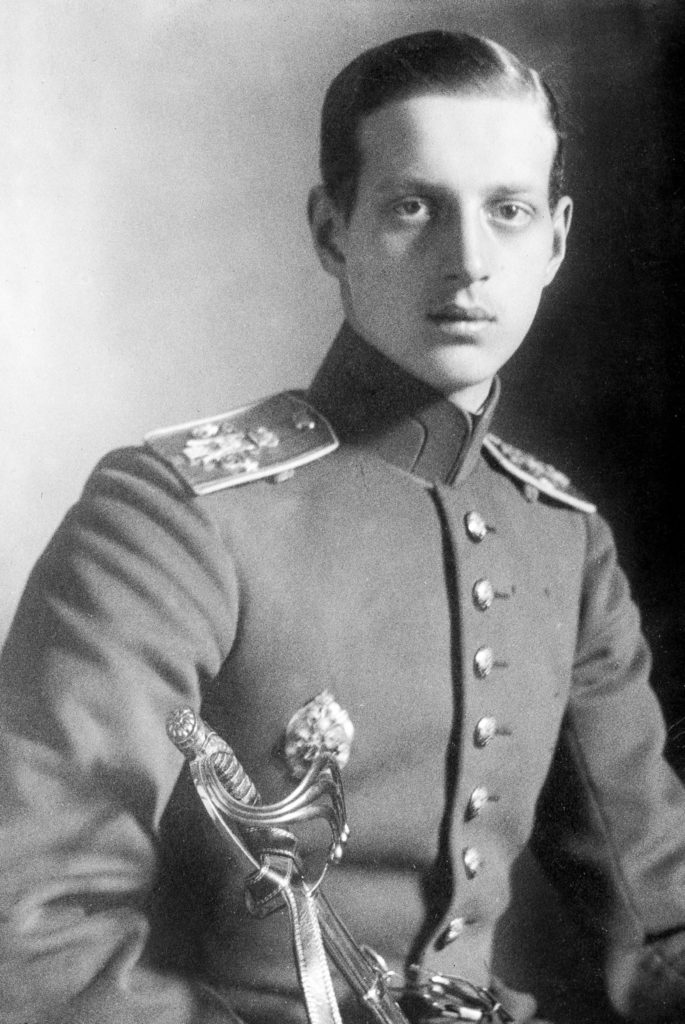
The Grand Duke Dmitri Pavlovich of Russia (1891-1942), c. 1915. (Photo by APIC/Getty Images)
Pavlovich wasn’t the only Russian who fascinated Chanel. A number of newly stateless artists from the former empire found a kindred spirit and a generous patron in the fashion designer, who was willing to help them resume a semblance of normal life in France. The composer Igor Stravinsky and Sergei Diaghilev, founder of the Ballets Russes (for which Picasso created his famous Cubist sets), were among the Russian cultural giants of the interwar years who benefited from a close relationship with Chanel, and left their own mark on her life.
This year’s high jewelry collection, titled Le Paris Russe de Chanel, pays tribute to the lost splendor of Imperial Russia as refracted through the lens of the legendary designer’s life.
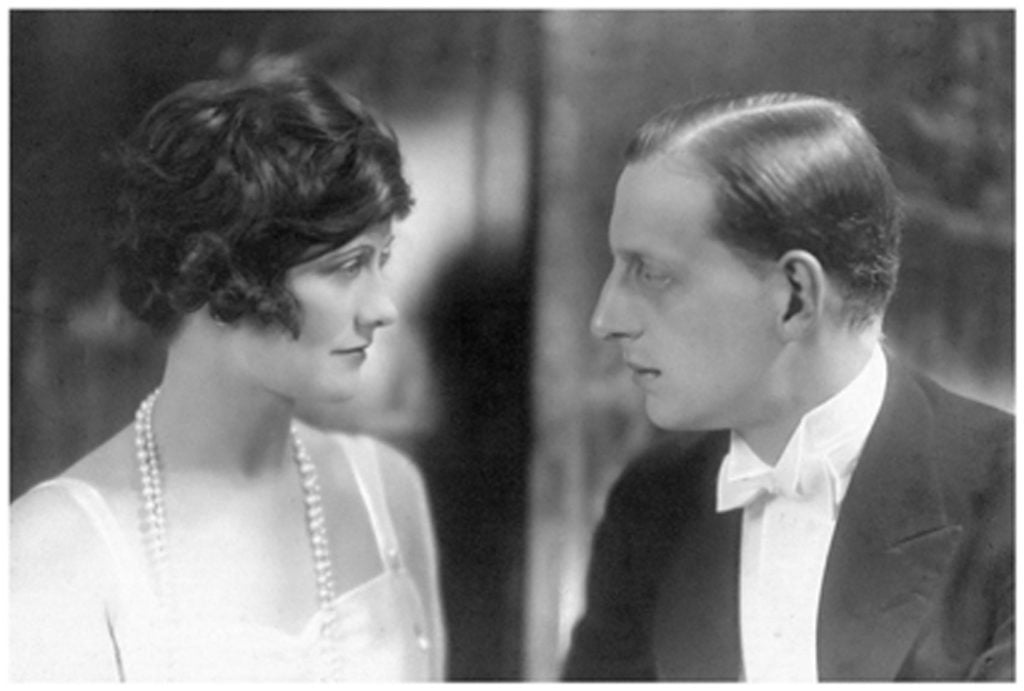
Coco Chanel and Grand Duke Dmitri Pavlovich. Photo courtesy of Chanel.
“Russia had an immense influence on Gabrielle Chanel,” said Frédéric Grangié, chief executive of Chanel watches and fine jewelry, at the launch of the collection, which took place a few days ahead of Paris’s Haute Couture week.
The 69-piece jewelry line was shown in an exhibition hall of the Grand Palais, where stacks of wheat had been arranged to recreate the ambiance of a bountiful harvest in an idyllic Russian countryside.
“This collection is inspired by a ‘fantasy’ vision of Imperial Russia that Gabrielle Chanel could have imagined based on what her Russian friends told her,” Grangié said.
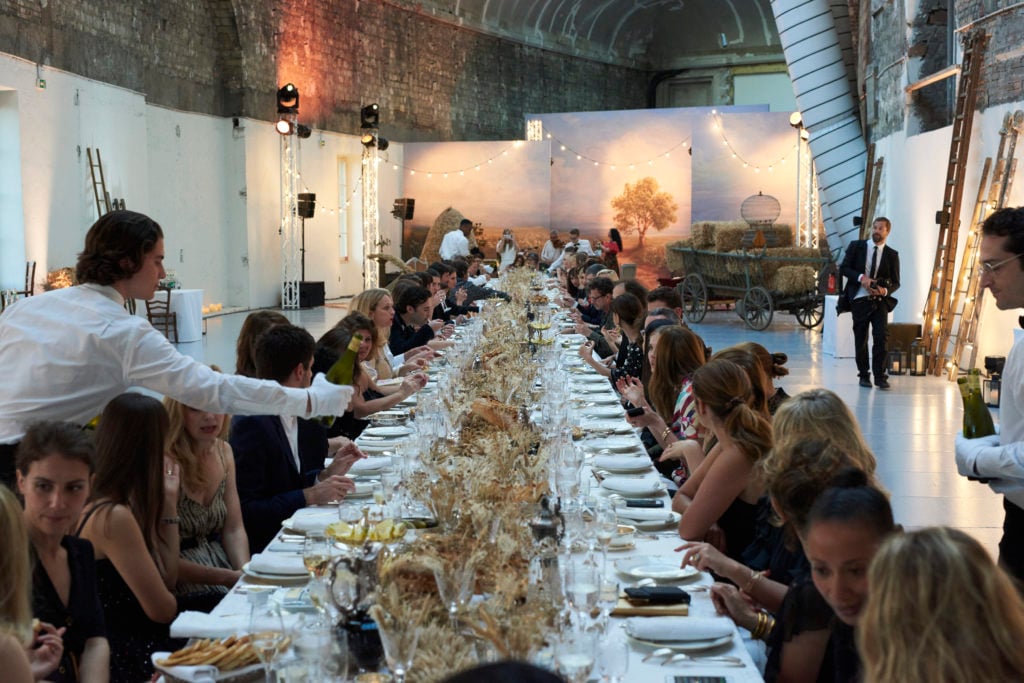
Chanel’s dinner to celebrate the launch of the new jewelry collection. Courtesy of Chanel.
Le Paris Russe de Chanel loosely covers two decades of Chanel’s life, from the 1920s through the 1930s, during which period she was linked romantically to number of high-profile men beside the grand duke, including the Duke of Westminster—an affair that was the inspiration for Chanel’s Flying Cloud jewelry collection in 2017. This period was a highly creative time for her as well. In those same years, the designer set off to liberate women from their corsets, made the little black dress into a staple of the nouveau-chic wardrobe, created her now-mythical Chanel No. 5 perfume with the help of Ernest Beaux (another Russian émigré), and propelled 20th-century fashion toward modernity.
It was also in those years that Russian influences entered Chanel’s service and creative repertoire. Dmitri’s sister, the Grand Duchess Maria Pavlovna, had been ordained to become Queen of Sweden before the Russian Revolution, but afterwards found herself making a living in Paris supplying Russian embroidery to Chanel’s fashion house, where the designer employed a number of what she called “real Russian princesses.”
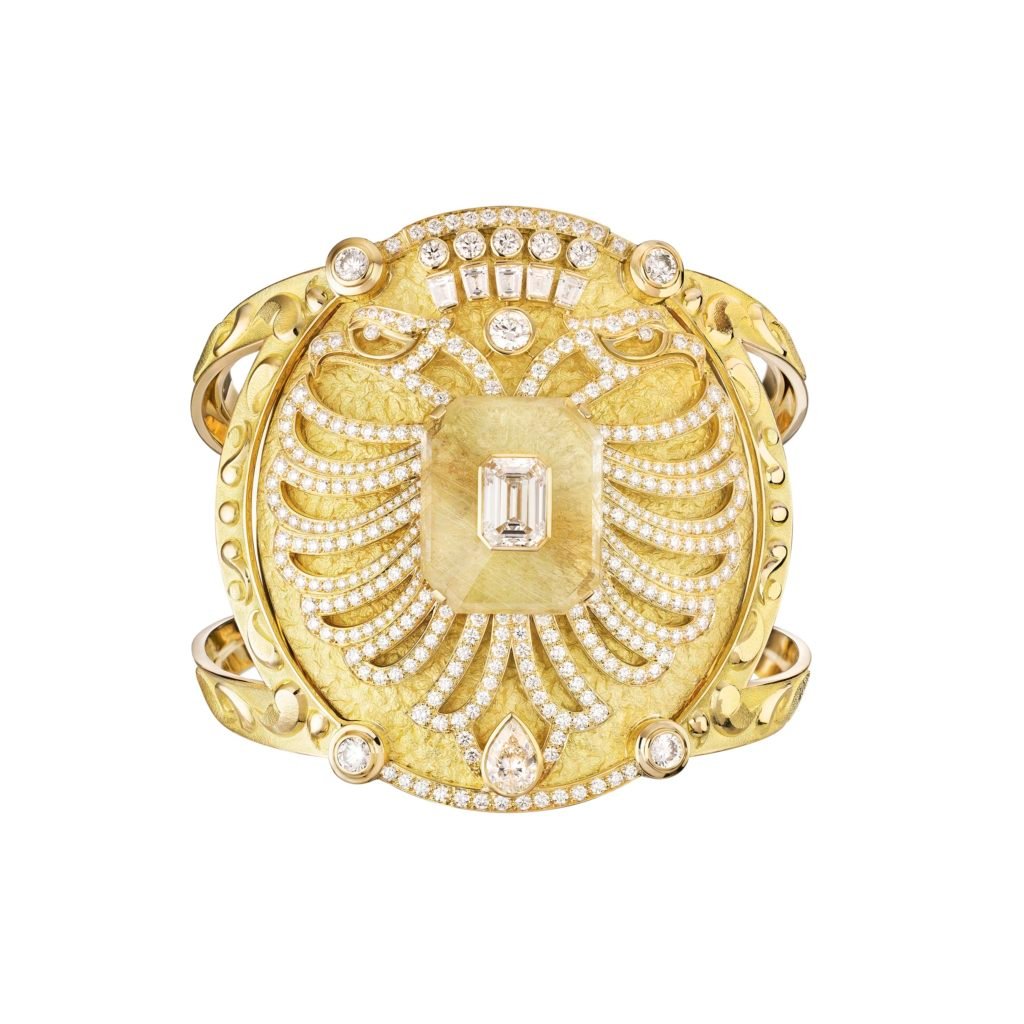
The Aigle Cambon cuff. Courtesy of Chanel.
It was also in those decades that Chanel ventured into fine jewelry. “Like everything in her career, Chanel’s jewelry began with a break from tradition,” Grangié said. “She broke with tradition in 1932 when she showed her Bijoux de Diamants collection set with white diamonds and presented it on wax mannequins instead of in the traditional boxes.”
A century later, though Chanel has become a pillar among France’s grand jewelry houses, it continues to mine the irreverent aspects of its founder’s personality and lifestyle to perpetuate her timeless style.
“It was revolutionary then for a fashion designer to enter the conservative milieu of Place Vendôme’s jewelers, but Gabrielle Chanel did it with absolute liberty,” Grangié said. “It is that sense of freedom we try to preserve at Chanel.”
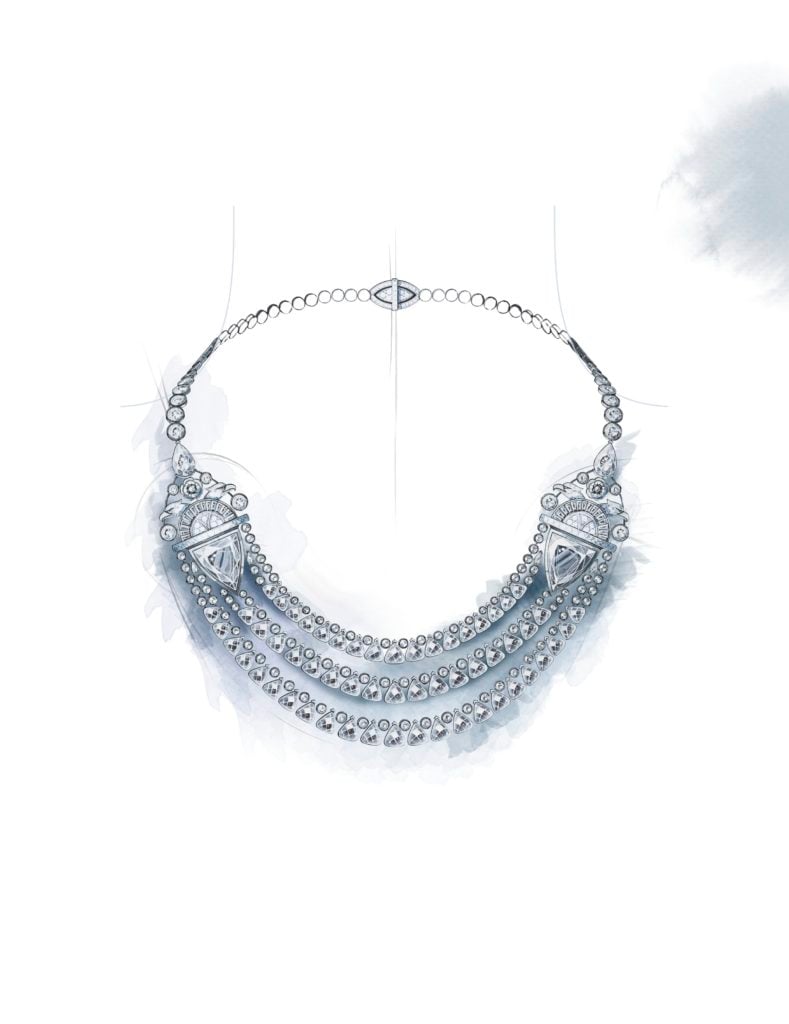
A drawing of the Aigle Protecteur necklace. Courtesy of Chanel.
Like every high jewelry collection since 2009, Le Paris Russe de Chanel was designed by Patrice Leguéreau, director of the house’s jewelry studio. This time, Leguéreau used his creative license to combine imperial symbols and folkloric motifs with signature Chanel motifs like the wheat ear or the camellia to express the designer’s fascination with Russia and the Slavic charms of the grand duke.
“For Chanel, there has always been a link with the earth and the values of the rural world, which explains her love of wheat as a symbol of prosperity,” Leguéreau said. “It also ties this collection to Russian folklore.”
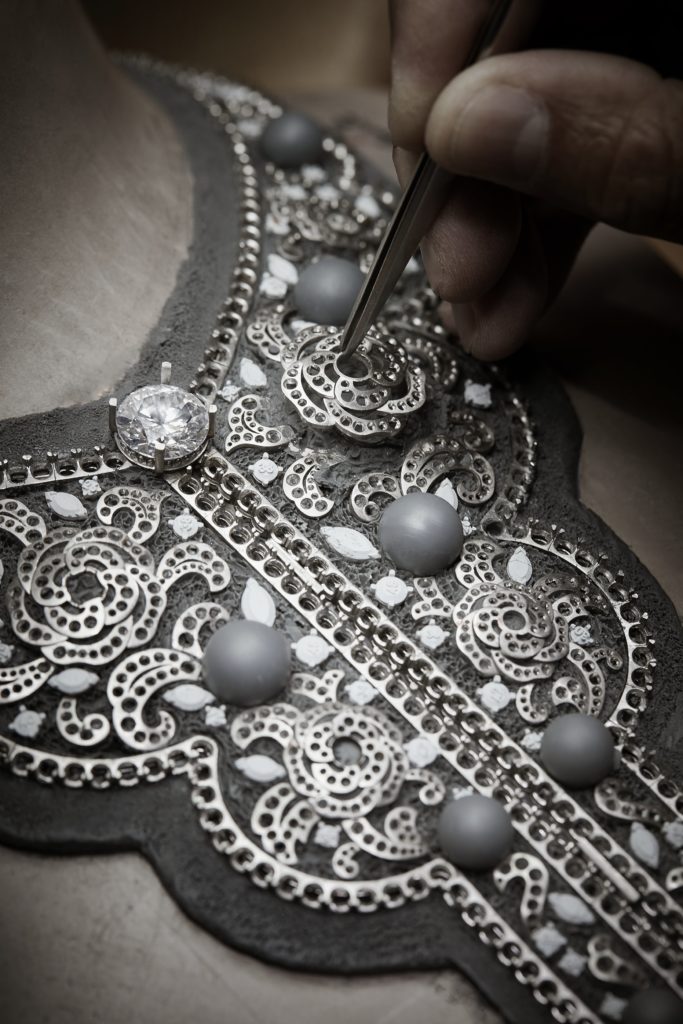
The Sarafane necklace. Courtesy of Chanel.
In the collection, for instance, the Sarafane headpiece is a transformable tiara inspired by folk costumes, and sprinkled with camellias. The double-headed eagle, a historic Russian coat of arms that Chanel also displayed in her apartment, appears in the collection both in figurative and abstracted creations, sometimes paired with motifs derived from embroidered roubachkas (a men’s shirt-dress) or traditional kokoshnik headdresses.
Some stately yet romantic pieces, meanwhile, are dedicated to the grand duke, like the softly colored Blé Maria brooch set with sapphires and tourmalines, which was presented in a red-velvet-lined box strewn with vintage photographs of Gabrielle and Dmitri enjoying a summer of romance at a seaside villa in Biarritz.
“There is nothing literal about this collection,” Grangié said. “We are in the domain of the reverie.”
This, it so happens, is a domain Chanel can uniquely occupy. “Unlike other Place Vendôme jewelers, we don’t have archives going back centuries to limit our creativity,” Grangié continued. “We have complete liberty to interpret Gabrielle Chanel’s style, and that is our force at Chanel.”
Follow artnet News on Facebook:
Want to stay ahead of the art world? Subscribe to our newsletter to get the breaking news, eye-opening interviews, and incisive critical takes that drive the conversation forward.
